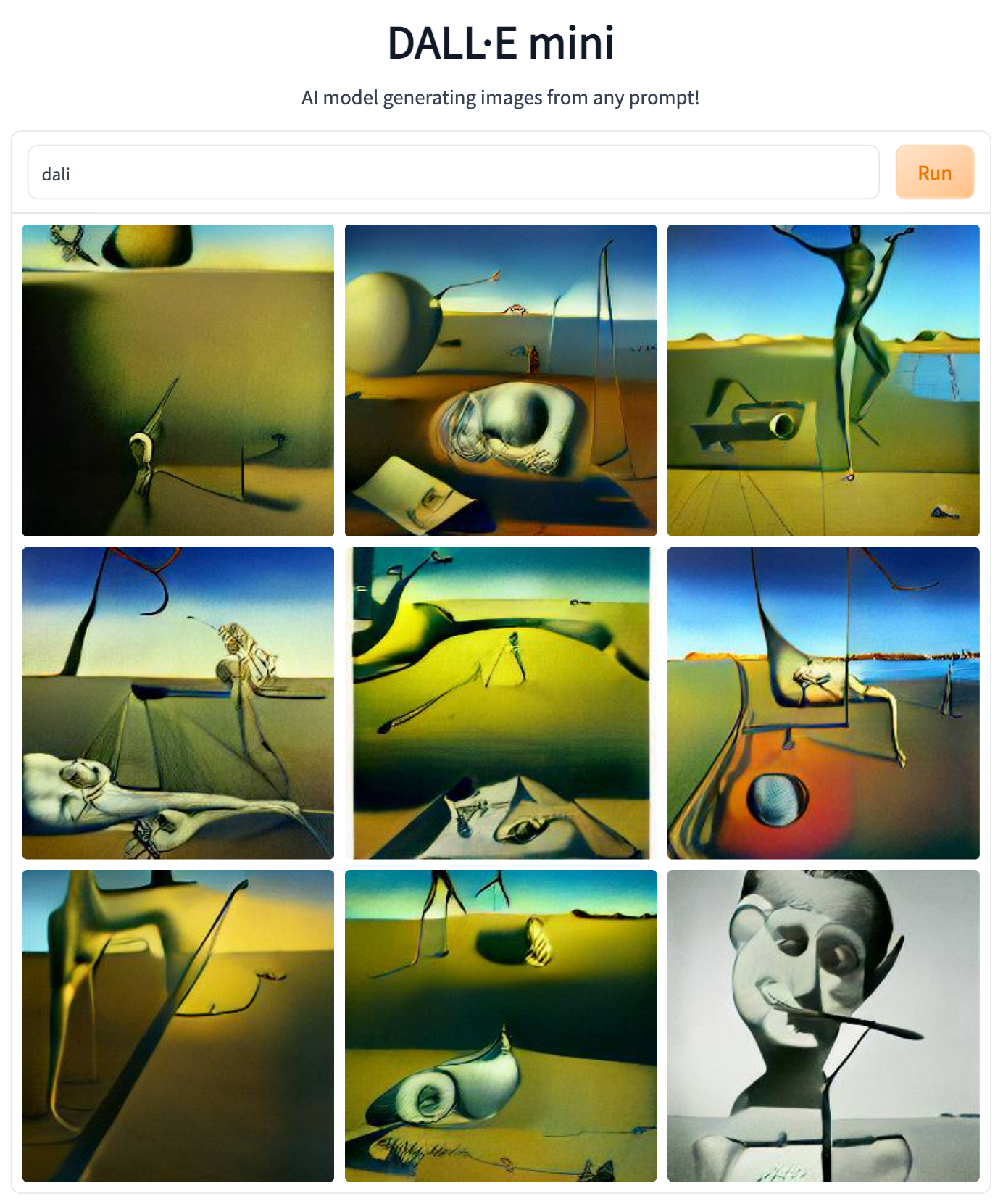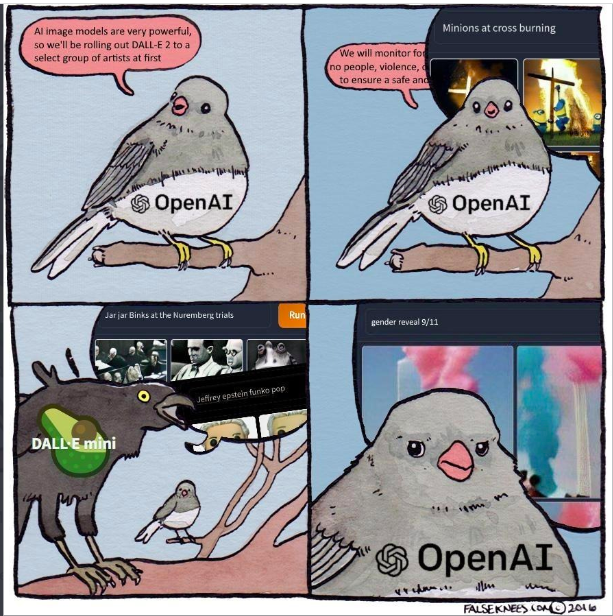Nirvana’s cultural staying power is a testament to the cross-generational magic that happened when Kurt Cobain, Krist Novoselić, and Dave Grohl played together for only a handful of years in the 90s. Their influence goes far deeper than 90s nostalgia for a grunge trend or the celebrity status of the late Cobain. Now almost 30 years after the frontman’s 1994 suicide, we see that influence on a generation born too late to see him live — one influenced more by hip hop than guitar rock and far less interested in challenging the capitalist status quo.
For artists like rapper Post Malone, born July 4, 1995, Cobain is a major songwriting influence, even if Post Malone’s music sounds little like Nirvana. “I loved Kurt so much,” says Malone, “and he’s been such an inspiration to me, musically.” To prove his love, he’s tattooed Cobain on “two different parts of his body,” Sheldon Pearce writes at The New Yorker, though Cobain might not have “reciprocated the love — the rapper’s stint shilling for Bud Light probably wouldn’t fly, and Cobain once said white artists should leave rap to Black artists because ‘the white man ripped off the Black man long enough.’ ”
But that’s the thing about idols: once they’re gone, they no longer get a say in who worships them and how. Last year, Post delivered a Nirvana tribute to benefit the UN’s COVID-19 Solidarity Response Fund for the World Health Organization. He did so respectfully. Backed by Travis Barker on drums, Brian Lee on bass, and Nic Mack on guitar, he honored Cobain by donning a flower print dress, and by asking his daughter, Francis Bean Cobain, for permission to do the 15-song set. “I could never want to offend anybody,” he told Howard Stern, “by trying to show support, so I just wanted to make sure that everything was okay — and it was okay, and we raised money for a good cause, and we got to play some of the most f*cking epic songs ever.”
Courtney Love expressed support, writing, “Goosebumps… Go have a margarita Post Malone. Nothing but love from here.” Grohl and Novoselić also gave Malone their full approval. The former Nirvana bassist wrote that he was “holding emotions back the whole show.” In a later interview, Grohl commented, “Even the die-hard Nirvana people that I know were like, ‘dude, he’s kind of killing it right now.’ ” And they were right. Above, see the one-off band play “Francis Farmer Will Have Her Revenge on Seattle,” “Come As You Are,” “About a Girl,” “Heart-Shaped Box,” and more classic Nirvana songs. The livestream raised $500,000 (including matching funds from Google) to help fight COVID-19 around the world.
Related Content:
The Recording Secrets of Nirvana’s Nevermind Revealed by Producer Butch Vig
Josh Jones is a writer and musician based in Durham, NC. Follow him at @jdmagness











